The transportation of large appliances is one of the more difficult tasks when moving to a new location. Complications can arise while moving large things like refrigerators. Professional movers are familiar with these issues. They can leak, gather mold or mildew, ruin flooring, and damage walls; the chance of all of these things is higher if you’re transporting them yourself. There is no method or hidden technique that will make moving a fridge easier. In addition to being big and heavy, refrigerators are also very expensive. Depending on your situation, it can be wise to let professionals do this task. If, however, that is not an option, we have you covered. Use the appropriate tools and be a little patient when planning to prevent damage to this pricey household appliance. To do it safely, adhere to the following instructions.
Before Moving, What Should You Do?
- The day before moving, turn off and disconnect your refrigerator. You can allow the oils and fluids time to settle and stop flowing through the compressor by turning off your refrigerator the night before. To avoid leaks, spills, and damage when moving a fridge, you must disconnect the water hose from the automated ice maker and remove all of the ice from the compartment.
- Let’s begin emptying the refrigerator and freezer now. It’s advisable to remove everything from a fridge before attempting to move it. Inspect your refrigerator and freezer to make sure they are empty of all food, condiments, ice cube trays, and other items that could move around or change weight.
- It’s time to defrost your refrigerator after emptying it. You’ll need to defrost the freezer if there is a lot of frost inside before continuing with the move. Make sure you give yourself enough time before the relocation because it will often take 6 to 8 hours to finish. It is preferable to do this the night before moving so that the refrigerator has time to defrost overnight and may be cleaned out in the morning.
- Remove any glass shelves or drawers from the refrigerator along with any loose pieces after wiping out any water that may have remained inside. For moving, clean, dry, wrap and pack each one separately.
- Doors should be shut and locked. Tie the door handles together if your refrigerator has two doors. Avoid tying the refrigerator too firmly to avoid pulling the doors out of alignment. It is not advised to use tape to secure the door since it could leave a residue or harm the refrigerator’s finish.
- It can be tempting to handle the work alone because a fridge needs to be held upright and moved by a dolly, so enlist some assistance.
- How you relocate the fridge will be greatly influenced by its breadth and the size of your entrances. Use your tape measure to determine the fridge’s dimensions, height, and depth. After that, carefully map out the path you’ll walk from your kitchen to your front door and take doorway measurements along the way. To make additional space, doors might need to be taken out.
The “Moving” Part
As you are aware, a refrigerator requires a large expenditure. When moving a refrigerator, you should spend money on high-quality packing supplies that will shield it from dings, scratches, and bumps. To create the initial level of protection, use expert packing materials. Following that, you should wrap the fridge in moving blankets and tape the blankets to the appliance.
Once entirely covered, you must determine how to transfer a refrigerator. Since most refrigerators have wheels, moving one should not be too challenging. If not, a refrigerator trolley would be one of the greatest pieces of equipment to utilize. It can support the weight of the refrigerator and make transferring it easier, especially if it needs to be transferred downstairs. Use a strap as well to secure the refrigerator to the trolley. You are now prepared to roll the refrigerator through your predetermined route and onto the moving truck after transferring it to your trolley and using moving straps to keep it in place. Keep one of your helpers on each side of the fridge so they can watch out for it falling off.
Roll the refrigerator cautiously to the truck once it is attached to the trolley. To retain the greatest level of security, it is crucial to proceed in the direction opposing the tilt. Load the refrigerator into the moving truck or pickup truck using a plank. It is considerably simpler to move along a plank or platform than it is to load the refrigerator onto the truck by yourself. If at all possible, avoid setting the refrigerator on its side. Using additional straps along the top and sides of the refrigerator fasten it to the truck. Instead of having to re-secure the fridge once it has arrived at its ultimate location, it is simpler to leave it on the trolley at this stage.
After The Move
It is far simpler and faster to unload your refrigerator at its new location than to pack and load it for transportation. Enable the refrigerator to stand upright for 24 hours after moving it to its new position to allow all the fluids to settle before connecting it. Put the shelves and drawers back in their original locations while you wait. The manufacturer recommends waiting 24 to 72 hours before adding food to the machine once it has been plugged back in. To avoid food spoiling or bacterial growth, it’s crucial to wait until your fridge reaches its safe cooling temperature.




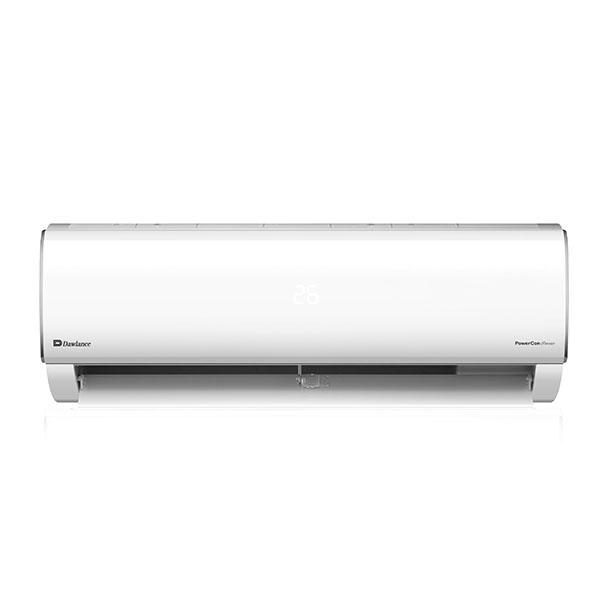

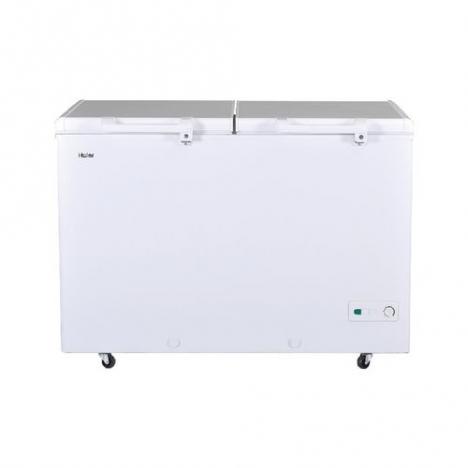

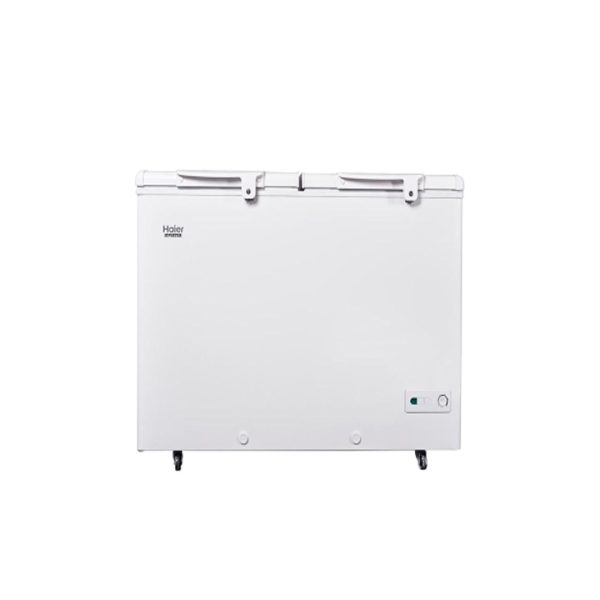




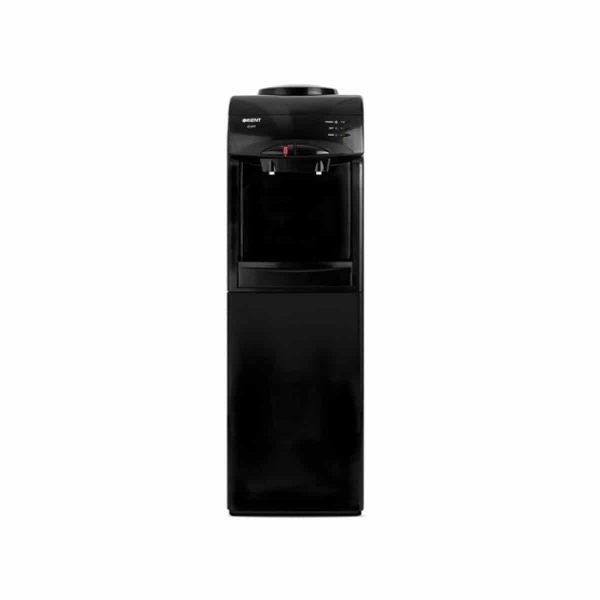
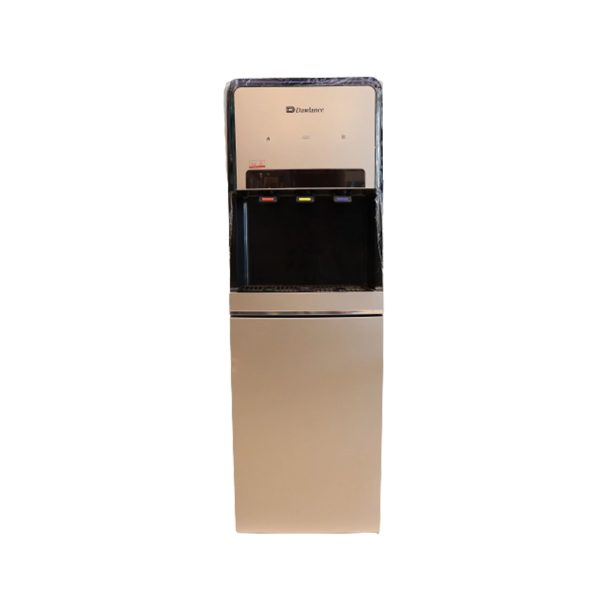


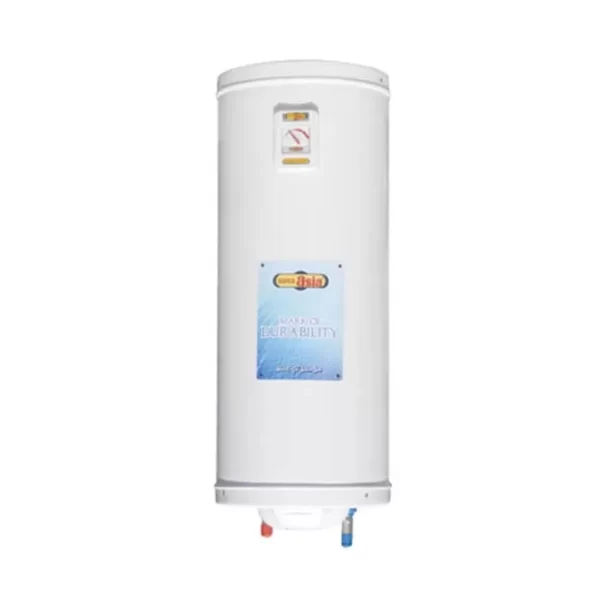

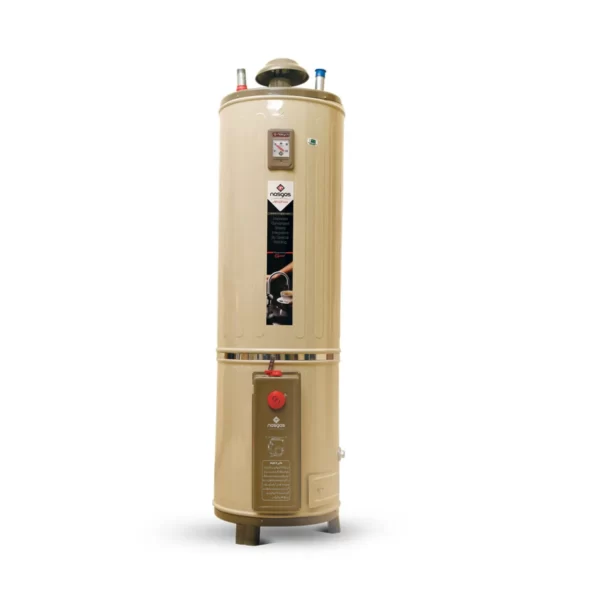


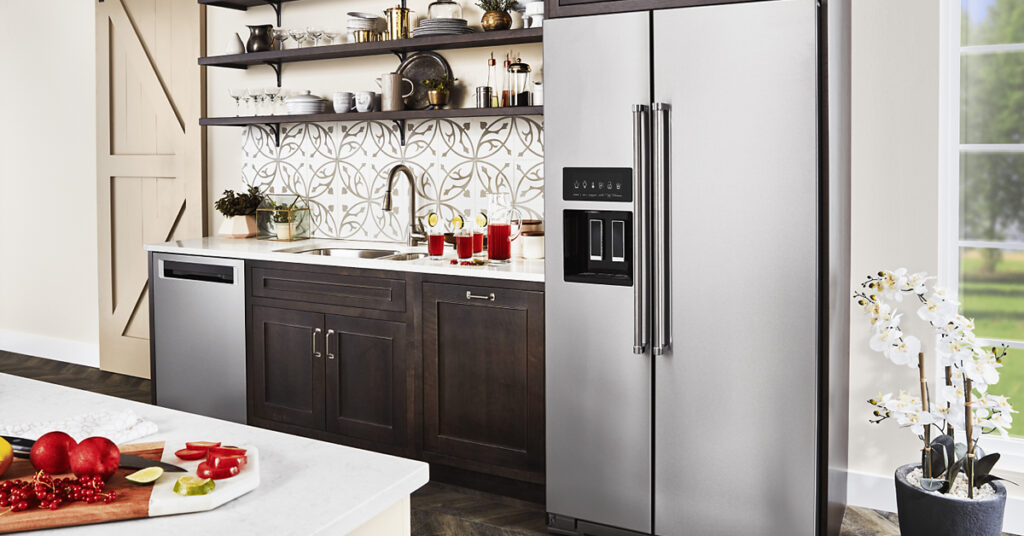
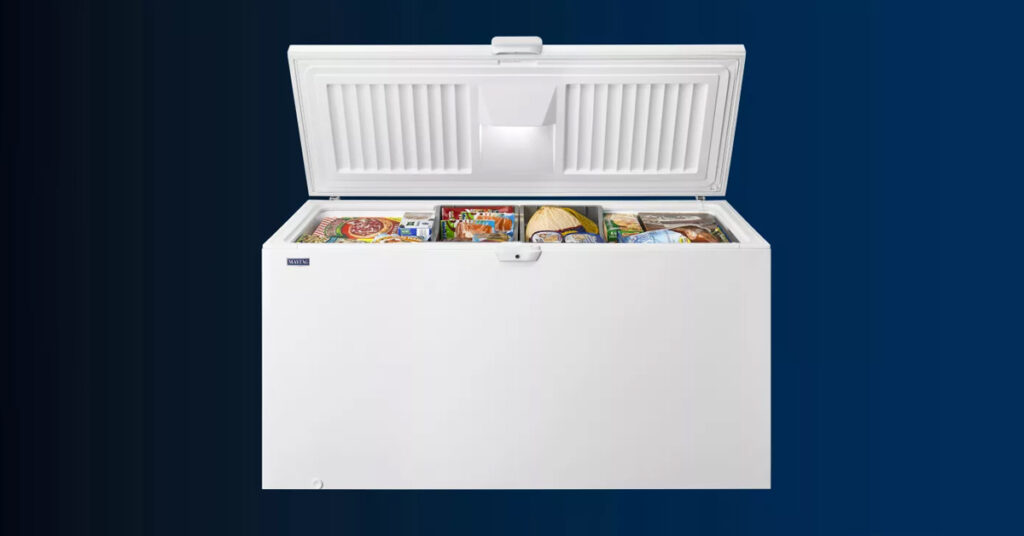

 Dryers
Dryers Ironing / Garment Care
Ironing / Garment Care